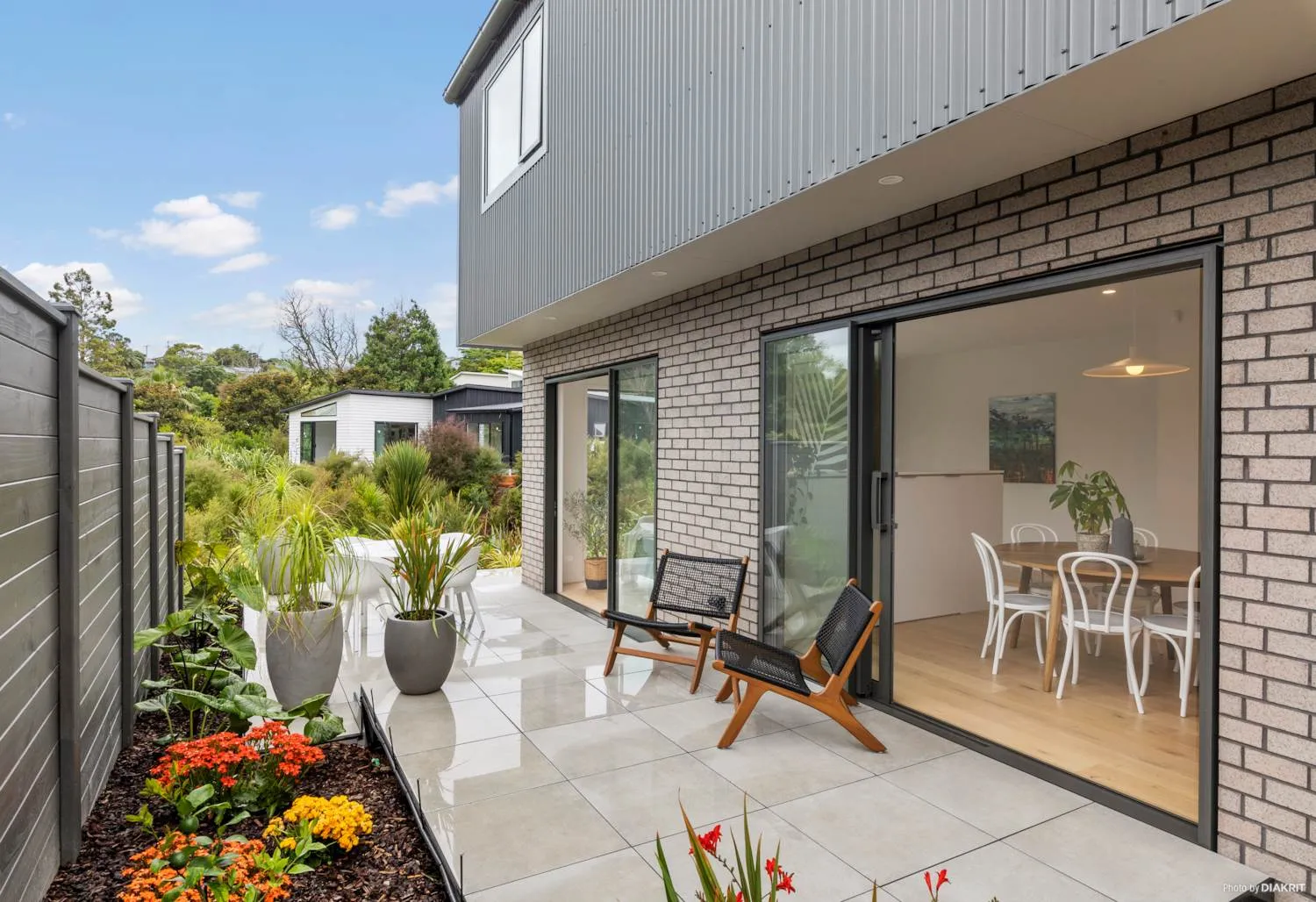
Why Do We Need Pedestal Decks in New Zealand? Understanding the Code & Compliance
In New Zealand, pedestal decking systems are becoming increasingly popular due to their ability to meet building code requirements, protect waterproofing membranes, and provide durable, low-maintenance outdoor spaces. But what does the New Zealand Building Code (NZBC) say about their use? Let’s break it down.
Why Pedestal Decking? The Key Benefits
- Waterproofing Protection – Many decks in NZ are built over a membrane to prevent water ingress into habitable spaces below. Pedestal decks create a floating surface, eliminating the need to penetrate the membrane and reducing the risk of leaks.
- Drainage & Ventilation – The NZ climate means decks need proper drainage. Pedestal systems allow water to drain freely while keeping decking materials elevated, preventing moisture build-up and rot.
- Slope & Level Adjustments – New Zealand homes are often built on sloped or uneven ground. Pedestal systems allow for precise height adjustments, making it easier to create a level deck without costly excavation or structural changes.
- Code Compliance for Decking Over Membranes – The NZBC has strict requirements for decks over waterproof membranes, especially concerning drainage and ventilation. Pedestal systems help ensure compliance while simplifying the build process.
- Durability & Material Longevity – Traditional timber subframes can absorb moisture and degrade over time. A pedestal deck, especially when paired with aluminium framing, eliminates this issue and extends the deck’s lifespan.
What Does the NZ Building Code Say About Pedestal Decking?
Pedestal decking systems help meet several key requirements in the New Zealand Building Code (NZBC):
- Clause E2 (External Moisture): Requires decks over habitable spaces to be weathertight and drain effectively. Pedestal systems allow water to drain freely while keeping the deck surface elevated above the membrane.
- Clause B1 (Structure): Decks must be structurally sound and able to withstand loads. A properly installed pedestal system ensures a stable, weight-bearing surface.
- Clause D1 (Access Routes): Decks must provide a safe and accessible walking surface, which pedestal systems help achieve by creating an even, level platform.
- Clause B2 (Durability): Requires materials to last for at least 50 years for structural elements and 15 years for non-structural elements. Pedestal decks, particularly those using aluminium joists and composite or hardwood decking, ensure compliance with these durability requirements.
How Anchorjak Pedestals Help You Stay Compliant
✅ Complies with E2 by protecting waterproofing membranes
✅ Meets B1 structural standards with durable framing integration
✅ Provides a level, stable surface in line with D1 access requirements
✅ Ensures long-term durability under B2 with high-quality materials
Whether you're an architect, builder, or homeowner, choosing a code-compliant pedestal decking system like Anchorjak ensures your project is durable, weatherproof, and built to last.
Ready to upgrade your deck? Shop for Anchorjak pedestals online now at www.j-vice.co.nz.
Or visit our technical section to find out more.
Discuss your design
Contact us today to receive a personalized quote tailored to your project’s needs.

